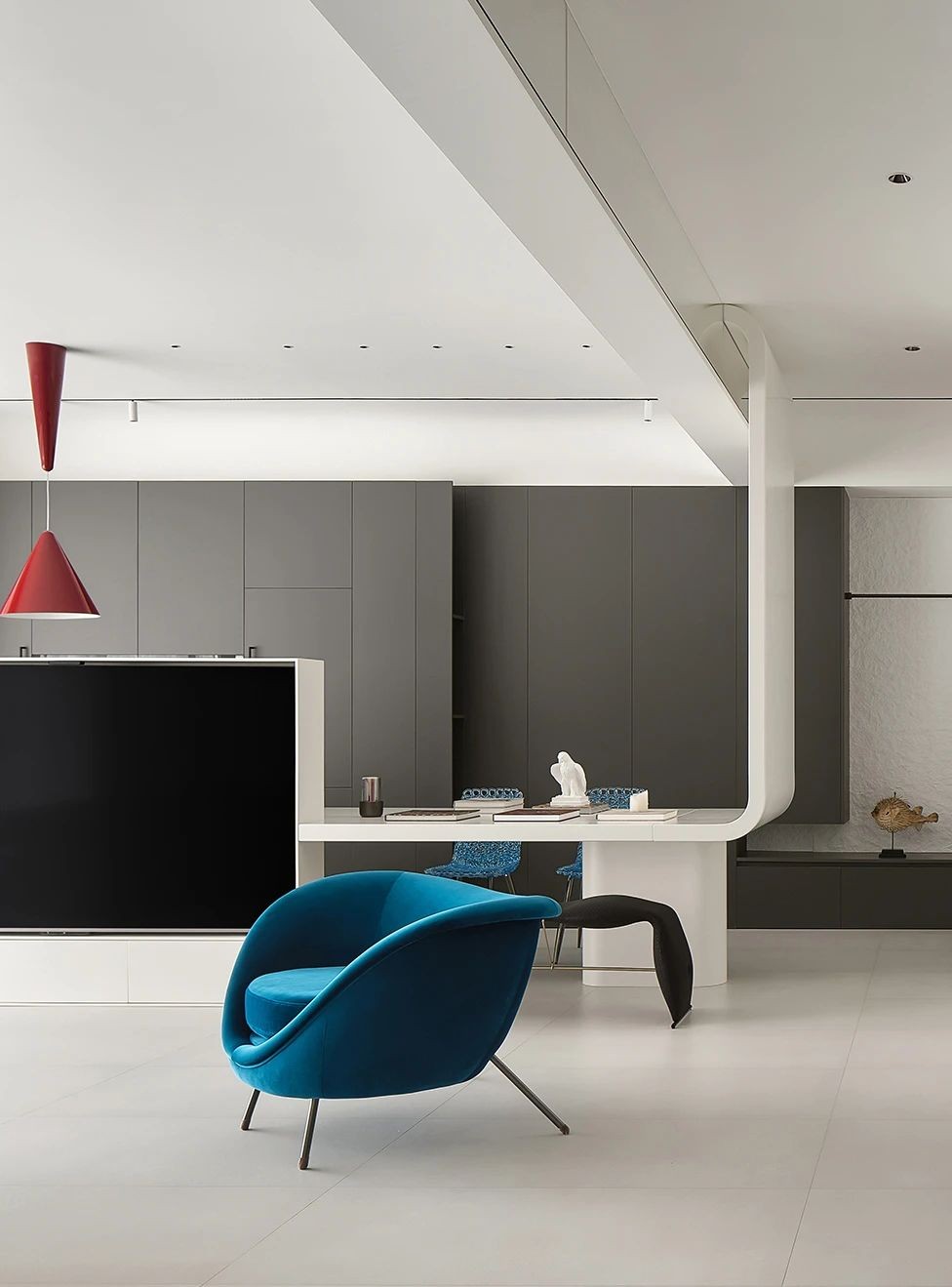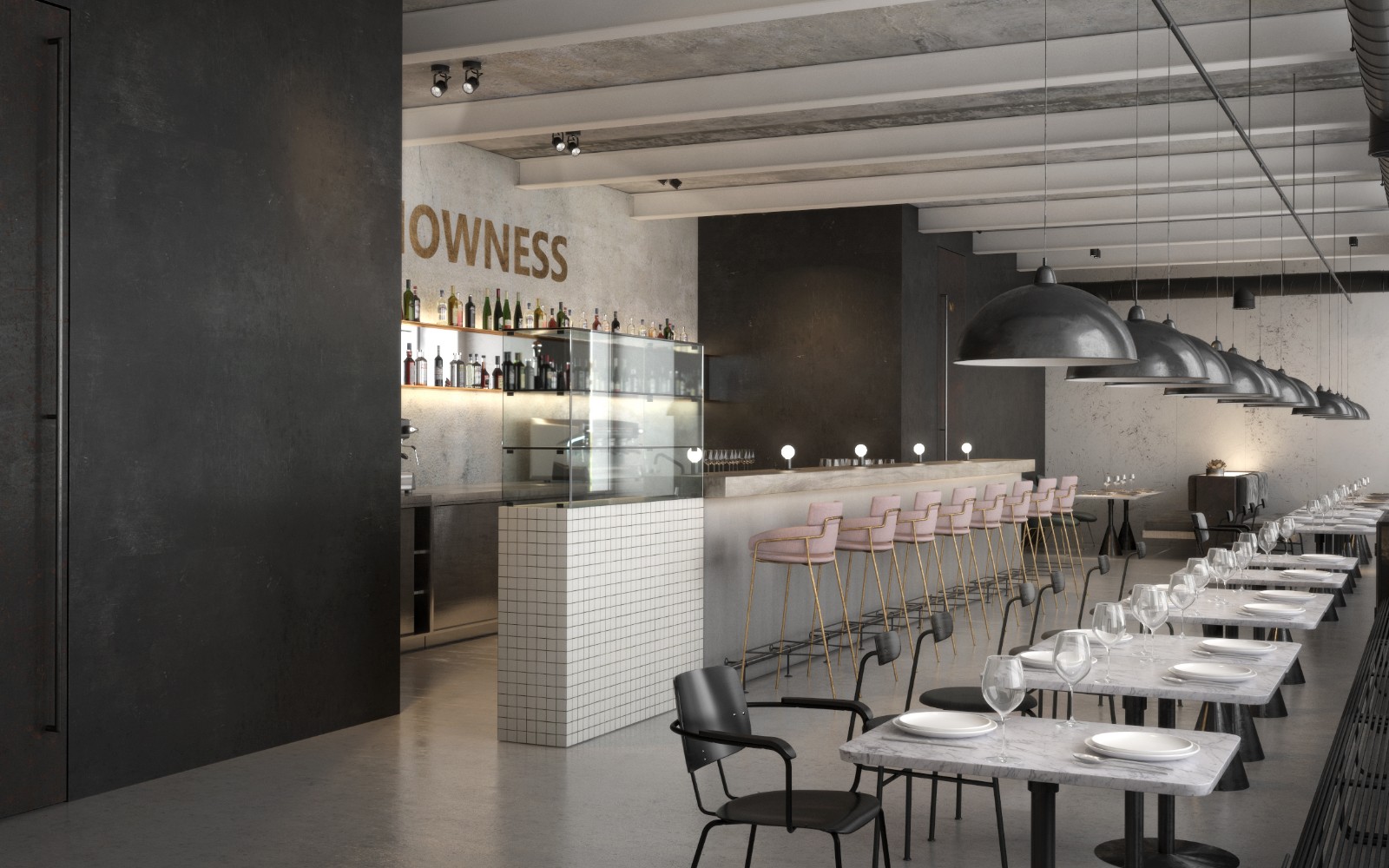New Law Courts Baumschlager Eberle Architectes + Atelier Pierre Champenois
2016-08-11 03:00
架构师提供的文本描述。卡昂的法院重新定义了城市中心的一个新的城市规划领域。克里斯蒂安·豪维特办公室的原始设计
Text description provided by the architects. The law courts of Caen redefines a new domain of urban planning in the centre of the City. The original design from the office of Christian Hauvette & associés was revised by Baumschlager Eberle Architectes together with the Atelier Pierre Champenois a former partner of Christian Hauvette.
archphoto, inc. © baumschlager eberle
Archphoto,Inc.(c)鲍曼施特尔·埃伯勒




archphoto, inc. © baumschlager eberle
Archphoto,Inc.(c)鲍曼施特尔·埃伯勒


它带有一个简单的几何学,包括几个职责和责任:立方体通过其建筑形式强调管辖权的重要性。正义的基本需要和建筑的基本方法是一致的,欧洲的悠久传统也是如此。立方体也清楚地反映了它的位置和周围环境。这座建筑及其公共空间构成了一个正在开发中的地区内的自信区。
It comes with a simple geometry which comprises several duties and responsibilities: the cube underlines the importance of jurisdiction by the means of its architectural form. The fundamental necessity of justice and the elementary methods of architecture correspond with each other as is the long tradition in Europe. The cube also clearly reflects its location and surroundings. The building and its public spaces constitute a self-confident district within an area which is under development.
© Vincent Fillon
文森·菲永


正交模式构成了法院内部组织的基础。主房间与立面相邻;整个建筑的走廊总是在正面结束。这样的结果是良好的照明和舒适的工作区域。但这种模式不仅涉及到建筑的务实和优化组织,还包括室内空间的体验。圆形中心横跨所有5层楼,是法院的中心,是一个地标,也是内陆地区的一个参数。一个横向的乐队突出了一楼的法院房间的位置。在这样做时,法国北部卡昂的新法院向使用者和行人传达了一个信息:透明度、严格的形状和必要的建筑手段。因此,这离欧洲文明对司法管辖权的期望并不遥远。但我们今天的文明对建筑提出了更高的要求-它仅仅是为了延长我们的世界的寿命。
An orthogonal pattern constitutes the base for the internal organisation of the law courts. The main rooms are adjacent to the facades; the corridors throughout the building always terminate at the facades. This results in good lighting and comfortable working areas. But this pattern involves more than a pragmatic and optimized organisation of the building – it involves an experience of interior space. The circular centre spans all 5 floors; it is the heart of the law courts, a landmark and also a parameter for the interior area. A horizontal band highlights the first floor where the court rooms are located. In so doing, the new law courts of Caen in Northern France communicate a message both to its users and to pedestrians: transparency, stringent shape and essential architectural means. Therefore it is not so far away from what a European civilisation expects from jurisdiction. But our civilisation today expects even more from a building – it should simply add to the longevity of our world.
© Vincent Fillon
文森·菲永




建筑可持续发展战略是由两个轴心驱动的:该项目既为用户提供了高舒适性,也为用户提供了最佳的能源性能。被动和主动策略确保建筑达到低能耗:非常紧凑的体积,双皮肤外观系统和生物气候中庭,这有助于减少热损失,同时增加热惯性。该项目是司法部目标的一部分,目的是为法院提供一个符合当前功能、安全和宁静要求的当代环境,同时提供最佳的公共接待条件。
The buildings sustainable strategy is driven by two axis: the project offers both high comfort to the users and optimal energy performance. The passive and active strategies ensure the building achieves low energy consumption: a very compact volume, a double skin façade system and a bioclimatic atrium which helps to reduce heat loss while increasing thermal inertia. This project is part of the Ministry of Justice’s goals to provide the courts a contemporary environment, corresponding to the current requirements of functionality, safety and serenity, while providing optimal public reception conditions.
© Vincent Fillon
文森·菲永


































Architects Baumschlager Eberle Architectes, Atelier Pierre Champenois
Location 14000 Caen, France
Category Other Public Administration Buildings
Project Year 2015
Photographs archphoto, inc., Vincent Fillon
Manufacturers Loading...































